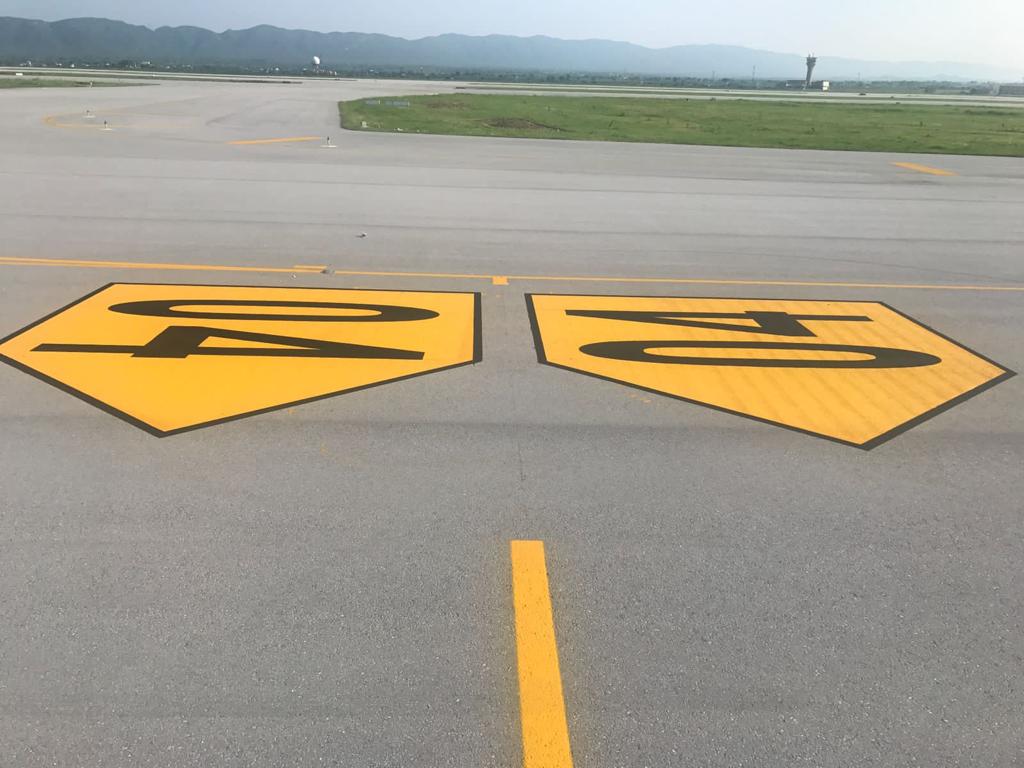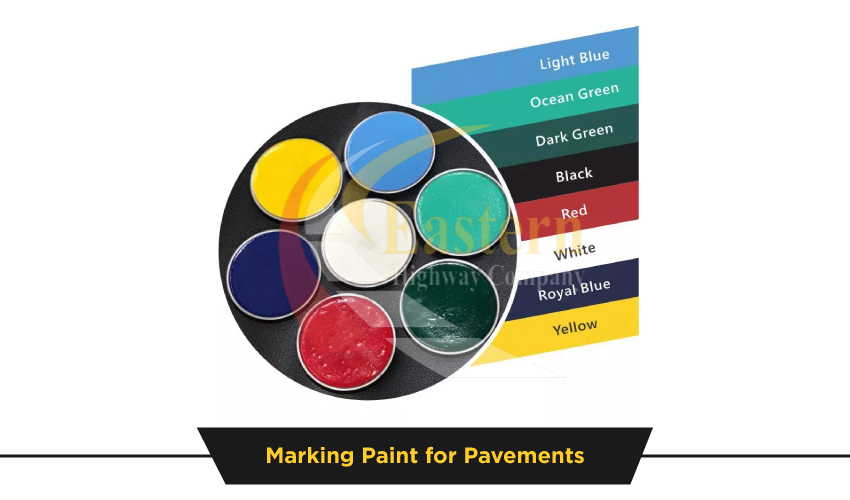Airport marking paint is a specialized type of water-based paint. At the airport, you will see different kinds of markings. These markings are used on various surfaces within airports, including runways, taxiways, aprons, and other areas.
The airport marking paints are crucial as they offer guidance to the pilots, crew, personnel, and other aircraft operators.
What is Airport Marking Paint?
A reliable and durable Airport marking paint is a safe, eco-friendly, non-flammable, high-performance water-based paint. Such a paint has a fast dry quality aspect. These paints are specially designed for airports to coat the runways which shall be brightly coated for pilots to have safe landing.

The taxiway line mark paints and island shoulder protective, safety color-coded paints. USSC water-based airport runway paints are offered in Bright White, Yellow and several bright, durable, reflective colors. Specifically formulated to be extremely durable, exhibit good glass bead retention, good adhesion to asphalt and concrete substrates. Being water-based, this category of paints is nonflammable, and nonhazardous, and hence only regular routine precautions and paperwork are needed during transportation, application, and storage. We also offer FAA-quality reflective glass beads, alphabet numbers signs identification custom stencils.
Here are some key aspects and considerations related to airport marking paint:
- Visibility: One of the primary functions of airport marking paint is to enhance visibility. The paint is typically formulated with highly pigmented materials to create bold, vibrant colors that can be easily seen during day and night operations. The colors used in airport markings are standardized internationally to ensure consistency and recognition.
- Durability: Airport markings are subjected to heavy traffic, extreme weather conditions, and exposure to chemicals, making durability a crucial factor. Airport marking paint is designed to withstand these challenges and maintain its visibility and structural integrity over an extended period. It should be resistant to fading, chipping, peeling, and general wear and tear.
- Skid Resistance: Another important characteristic of airport marking paint is its ability to provide sufficient skid resistance. The paint should be formulated to offer an appropriate level of friction between the aircraft’s tires and the marked surface, reducing the risk of skidding or slipping, particularly during wet or icy conditions. This helps ensure the safety of landing, takeoff, and taxiing operations.
- Reflectivity: Reflective properties are often incorporated into airport marking paint to enhance visibility during low-light or nighttime conditions. This is achieved by adding reflective glass beads or micro prisms to the paint, which reflect light from the aircraft’s landing or taxiing lights, making the markings more visible to pilots.
- Regulatory Standards: Airport marking paint must adhere to strict regulatory standards set by international aviation authorities, such as the International Civil Aviation Organization (ICAO) and national aviation authorities. These standards define color codes, dimensions, placement, and other specifications for various types of markings, ensuring uniformity and consistency across airports worldwide.
- Environmental Considerations: Environmental sustainability is an increasing concern in modern aviation practices. Some airport marking paints are formulated to be environmentally friendly, using low or zero volatile organic compounds (VOCs) and complying with regulations on air quality and environmental impact.
- Application Methods: Airport marking paint can be applied using different methods, such as spraying, rolling, or stenciling, depending on the type of marking and surface. Large-scale markings on runways and taxiways often require specialized equipment, such as airless spray systems, to ensure precise and efficient application.
- Maintenance and Repainting: Over time, airport markings may fade, wear off, or become less visible due to traffic and environmental factors. Regular maintenance and repainting are essential to ensure optimal visibility and safety. Airports typically have maintenance schedules and procedures in place to monitor the condition of markings and plan for repainting as needed.

In summary, airport marking paint plays a vital role in maintaining safe and efficient operations within airports. Its high visibility, durability, skid resistance, and compliance with regulatory standards contribute to the overall safety and functionality of runways, taxiways, and other airport areas, facilitating smooth aircraft movement and guiding pilots during critical phases of flight.









